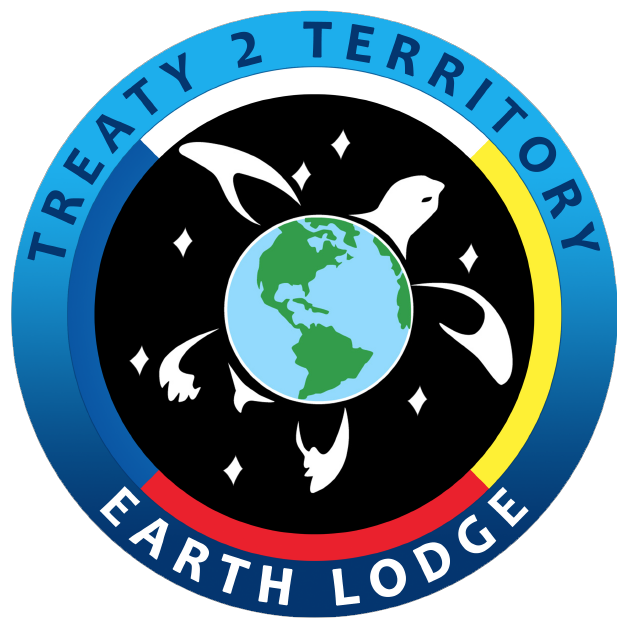This week FNT2T Life Long Learning attended a few meetings that looked at building relationships in and for learning. As the population of young Indigenous peoples continues to grow in Canada, the discussion on meeting their learning (education) and training needs continues as well.
Schools, teachers, and divisions are looking to integrate Indigenous education, worldview(s), and ways into the current education system so that it better represents and reflects the First Peoples of Canada. As mentioned in previous blogs, FNT2T Life Long Learning has been researching and studying various strategies that have been used by Indigenous educators and communities across Turtle Island to enhance engagement and success in learning for First Nations (Indigenous) peoples. There is amazing work being done, but as we know the job is far from over.
Many educators reflect on the 94 Calls To Action by the Truth and Reconciliation Commission as a guide in what needs to be done for further change to the current education system when it comes to First Nations (Indigenous) peoples. The tenth (iii) Call To Action states: “Developing culturally appropriate curriculum.” Do First Nations (Indigenous) kids see themselves, their families, and their communities in the curriculum (ie. books, pictures, stories, posters, flashcards, textbooks)? The answer to this question is often, no. This is more likely to be the answer in mainstream schools, but all schools need more resources that reflect Indigenous peoples and ways of knowing. And resources should be thoughtful, respectful, and truthful.
The name of the commission is Truth and Reconciliation. Many Indigenous activists and educators believe that truth must come before reconciliation. What does that look like? Are people ready for it? Turning the mirror on Canada’s history (and present) has not been an easy task. But it is (often uncomfortable) work that must be done.
Call To Action 63 (i): “Developing and implementing Kindergarten to Grade Twelve curriculum and learning resources on Aboriginal peoples in Canadian history, and the history and legacy of residential schools.” Let’s reflect on the imagery and terms used in a book prior to using it in a classroom.
Call To Action 63 (iv): “Identifying teacher-training needs relating to the above.” Let’s ask if we feel informed enough to discuss a topic and/or issue. And if not, how do we truly prepare ourselves to do so?
Great Lakota leader, Sitting Bull said: “Let us put our minds together and see what life we can make for our children.” Let’s all do this important work. Let’s all getter done.
